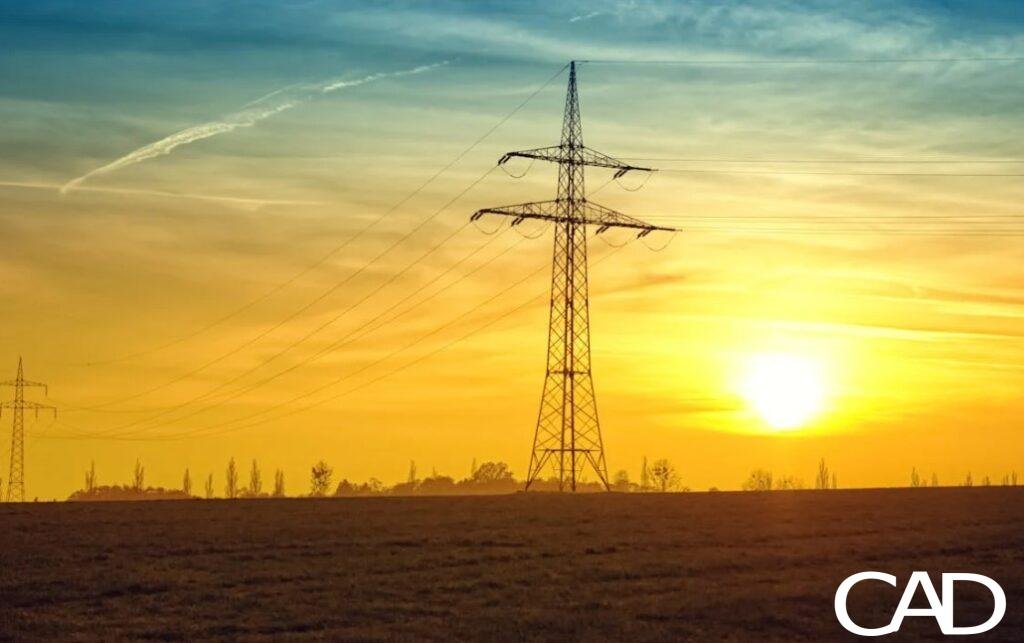Electricity is a crucial form of energy that powers most functions in our daily lives. From illuminating our homes to operating smartphones, it’s a resource we often take for granted. Yet, its significance in today’s society cannot be overstated.

Understanding Electricity and Its Functioning
Electricity consists of a flow of charged particles, such as electrons, that travel through a conductor like copper wire. This electrical current can be generated through various methods, including friction, pressure, and chemical reactions. Once generated, electricity can perform tasks such as lighting a bulb or running machinery.
A Brief History of Electricity
The evolution of electricity is a captivating journey. Early experiments trace back to ancient Greece, where rubbing materials like amber generated electrical charges. However, it was not until the 18th century that the principles of electricity began to be comprehended. Notably, Benjamin Franklin conducted famous lightning experiments, while Alessandro Volta created the first electric battery.
With increased understanding came new applications. The 19th century saw the invention of electrical machines and the establishment of the first electrical grid, enabling energy distribution to homes and businesses. By the 20th century, electricity became a staple of everyday life, leading to the development of various generation methods, including thermal and nuclear power.
Impact of Electricity on the Environment
Electricity generation can significantly impact the environment. Methods like thermal power plants that burn fossil fuels emit greenhouse gases, contributing to climate change. Additionally, the extraction and transportation of these fuels pose environmental risks.
Conversely, sustainable methods like solar and wind energy generate electricity without emitting greenhouse gases, minimizing environmental impact. These renewable sources are gaining popularity worldwide and are vital in addressing climate challenges.
Tips to Save on Your Electricity Bill and Help the Environment
To reduce energy consumption and your carbon footprint at home, consider the following strategies:
Turn Off Lights
One of the simplest yet most effective ways to save electricity is to turn off lights when they are not in use. Despite being obvious, many forget to do this. Also, consider replacing incandescent bulbs with LED bulbs, which consume less energy and last longer.
Manage Electronic Devices
Disconnect electronic devices when they are not in use. Even in standby mode, devices like smartphones and computers still draw power. By unplugging them, you can achieve significant energy savings over time.
Switch to Energy-Efficient Appliances
Consider upgrading to energy-efficient appliances, such as low-energy refrigerators and washing machines. Installing solar panels or wind energy systems can help you generate electricity sustainably at home.
Optimize Energy Use in Winter
To save energy during colder months, ensure proper insulation in your home. Install double-glazed windows, insulate ceilings, and use insulating curtains. Additionally, consider using programmable thermostats for efficient temperature control.
Reduce Electricity Use in Summer
In summer, air conditioning often consumes excessive energy. Here are some tips to save:
- Use fans instead of air conditioning or combine both for better cooling.
- Keep windows and doors closed to prevent heat from entering your home. It’s easy to forget this, but doing so can reduce air conditioning energy consumption significantly.
Conclusion
Electricity is a vital source of energy that underpins various daily activities. By implementing strategies like turning off lights, switching to LED bulbs, and disconnecting electronic devices, you can conserve energy and lower your utility bills. Opting for energy-efficient sources and optimizing consumption year-round will amplify these savings. The environment will undoubtedly benefit from your efforts!